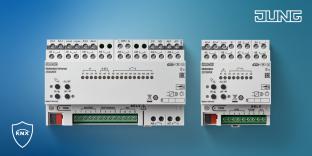
Michael Critchfield celebrates 35 years of KNX with a fascinating overview of how KNX Association’s Engineering Tool Software is developed and maintained.
ETS is the one software tool to commission and maintain all KNX installations. It has been around for a long time; the very first edition was released in 1993 as ETS1. Since then, there have been five generations. The latest, ETS6, was released in September 2021. It is kept up to date through free-of-charge updates for all ETS6 customers, with the latest revision having been released in May 2025.
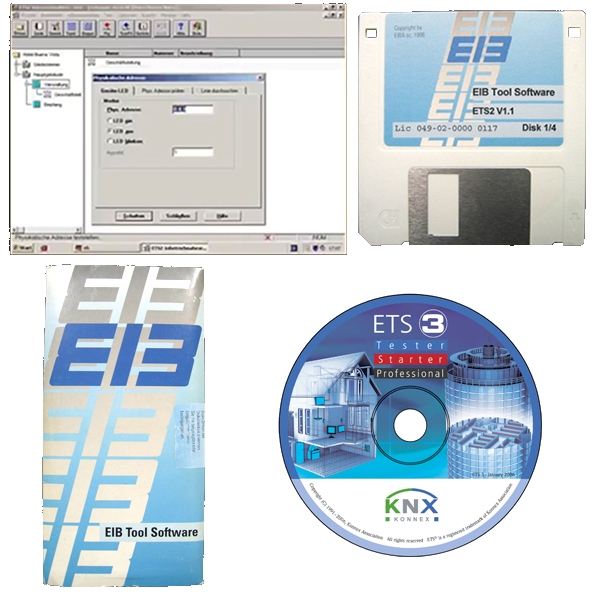
What does ETS do and what are the principles behind it?
ETS is used to plan, configure, document and maintain any KNX installation. The principles behind it are that it should be the one single tool that everyone can use, it should be manufacturer-independent and it should be fully backwards compatible with any KNX installation, from the 1990s all the way to 2025. This means that you can extend your current installation, no matter its age, with the latest devices – either because requirements change or because you fancy an upgrade to the latest products from the vast range on offer by our manufacturer members.
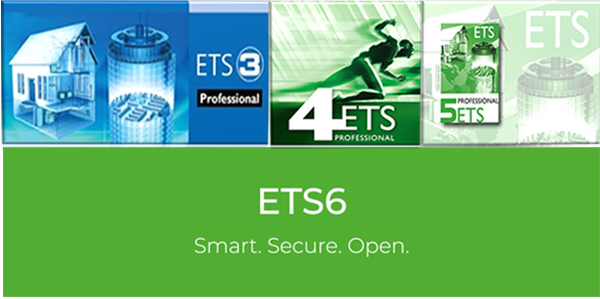
Evolution of ETS
Compared to today, the first generation of ETS, namely ETS1 Professional, had much fewer capabilities. This was because in the early years of KNX, the range of KNX-certified devices was somewhat limited. There was only one transport medium (i.e., way of connecting KNX devices), and that was using cable called KNX Twisted Pair (TP).
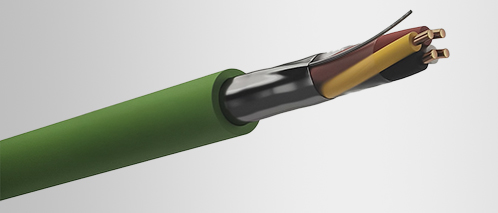
Nowadays there are multiple transport medium types, all supported in one ETS6. These include, twisted pair cable (KNX TP), wireless radio frequency (KNX RF), and media such as wireless, Thread and Ethernet that are used for Internet Protocol communication (KNXnet/IP and KNX IoT). There are even some devices that support transmission over mains or power line cables (KNX PL), although these are mostly legacy products. Basically, whatever your choice of connection, KNX has you covered.
Today, ETS6 offers a built-in online catalogue of KNX devices. It supports ETS Apps for extended functions, powerful device configuration apps and even former device plugins that are still supported in ‘Compatibility Mode’. ETS1 did not offer any of this, but the basic principles of system configuration were already there and fully supported, namely KNX devices have ‘Objects’ that get linked to ‘Group Addresses’.
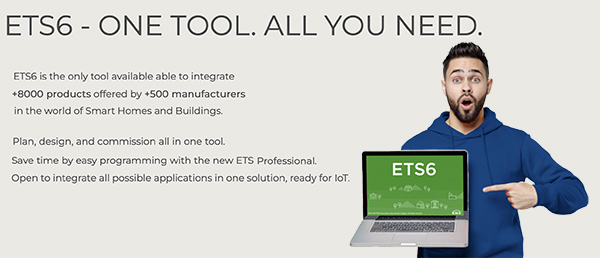
ETS development
ETS is maintained by a sophisticated team of developers at the KNX Association. They each have their own area of expertise in ETS and take pride in offering a software suite that has been used by tens of thousands of KNX Partners over the years and is now welcoming KNX NextGen students as well.

As the KNX standard keeps evolving, so does the tooling. Countless extensions, such as TP0 to TP1 and RF to RF Multi, KNX plain to KNX IP Secure and KNX Data Secure, and KNXnet/IP to KNX IoT, have been incorporated. Every step in the KNX specification brings a new leap for KNX and ETS, which in turn support newer KNX devices from our Members. These devices then get commissioned in the field, and over time, expectations and technology adapt and extend, which in turn continues this evolution. As ETS1 Professional supported all KNX devices from 1993, ETS6 Professional offers support for the entire KNX legacy up to 2025. And it will continue to grow – the best is yet to come.
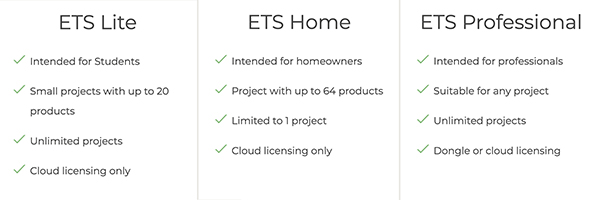
Powerful and secure
ETS is the one tool a KNX Partner can rely on to commission and maintain KNX installations. The latest generation, ETS6, is feature-packed with all of the extensions KNX Association and its members have specified. The latest devices paired with encrypted communication using KNX Secure, and the possibility to integrate with existing KNX installations whilst maintaining workflows, means that KNX Partners can rely on their training fundamentals to create robust, reliable and secure installations.
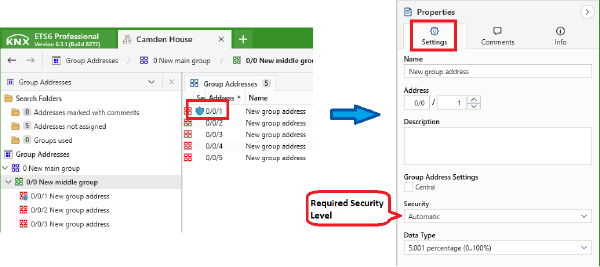
Moving with the times
The development of ETS is also dependent on outside factors, such as the evolving operating system on which it runs. Every new ETS generation maintains its compatibility to the current version of Windows, which, at the time of writing, is Windows 11. Even external libraries, of which ETS makes use, receive regular updates. In some cases, we are even switching to alternative libraries when vulnerabilities are found or reported, and a fix is not immediately available. Between generation releases, which happen every few years, we create revisions of the current release, that include enhancements and bug fixes. ETS5, for example, was released in 2014, and had 28 revisions until ETS6 was launched in 2021, followed by a major release, ETS6.3.0, in 2024. Further, with the recently-launched ETS6.3.1, you can benefit from all of the powerful features that ETS6.3.0 offers, whilst resting assured that issues encountered in the previous release have been solved, and your ETS6 training still applies today.
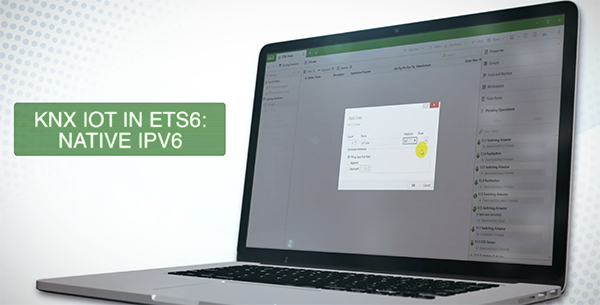
Collaboration
ETS is, by its nature, a collaborative endeavour. KNX Association takes feedback from its Members and Partners in order to ensure that ETS stays ahead of the game. The biggest challenge nowadays, is to fully test ETS versions prior to their release. This includes the software itself, as well as its compatibility with all KNX-certified devices. Although we perform thousands of tests, we cannot unearth every possible bug, so we must rely on our kind ETS beta testers to help. If you would like to help and gain early access to beta versions of new ETS releases, join our beta testers and help us to create the best ETS release yet!
Michael Critchfield is the ETS Product Manager at the KNX Association.











